The Earth has seen countless apex predators throughout its history, each dominating their respective ecosystems with sheer power, speed, or cunning. Long before humans began shaping the planet, these largest predators ever existed on Earth were the true masters of their domains. From the deep oceans to vast plains, prehistoric creatures, some towering as tall as buildings and others wielding unimaginable power, hunted and survived in a world that was far more hostile than the one we know today. This article explores six of the most formidable predators that thrived in ancient times, defining eras and ecosystems with their predatory dominance.
10 Largest Predators Ever Existed on Earth
1. Spinosaurus – The River Monster of the Cretaceous
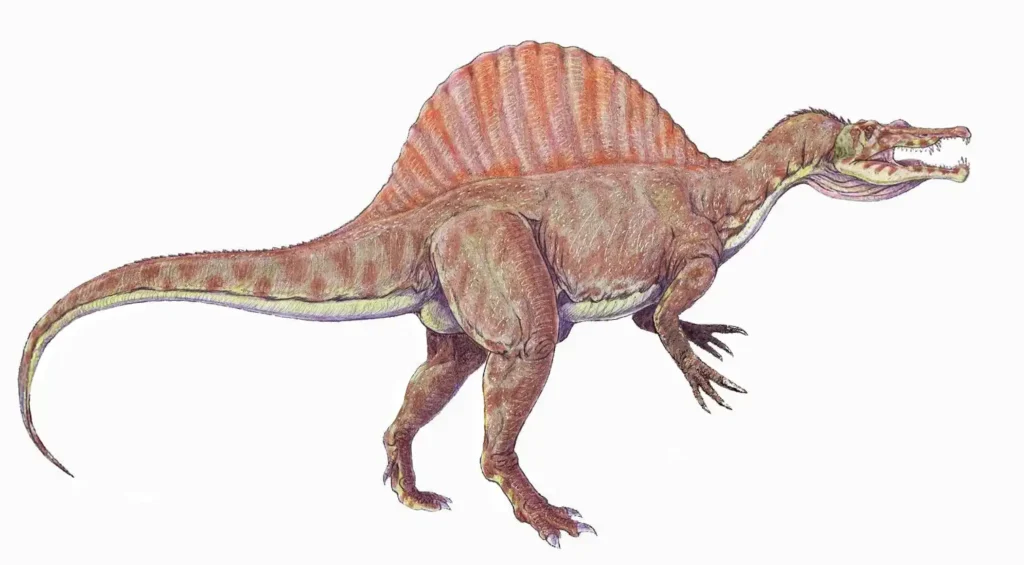
When talking about largest predators ever existed on Earth, the Spinosaurus undoubtedly stands out. Known as one of the largest carnivorous dinosaurs, Spinosaurus lived approximately 100 million years ago during the mid-Cretaceous period. Measuring up to 50 feet long and weighing around 20 tons, it surpassed even the famous Tyrannosaurus rex in size.
Spinosaurus had a distinctive, sail-like structure on its back, made of elongated vertebrae, which has puzzled scientists for decades. Whether it was used for thermoregulation, mating displays, or intimidating rivals, one thing is clear: Spinosaurus was a unique and terrifying predator. Unlike other large theropods, Spinosaurus was semiaquatic, spending a significant portion of its life in rivers and swamps, where it hunted large fish and possibly small land-based dinosaurs. Its crocodile-like skull, with long, sharp teeth, allowed it to grab slippery prey with ease, making it a deadly force in both water and on land.
Predator Profile:
- Size: 50 feet long, 20 tons
- Time Period: Mid-Cretaceous (100 million years ago)
- Habitat: Rivers, swamps
- Prey: Large fish, small dinosaurs
2. Megalodon – The Giant Shark of Prehistoric Oceans
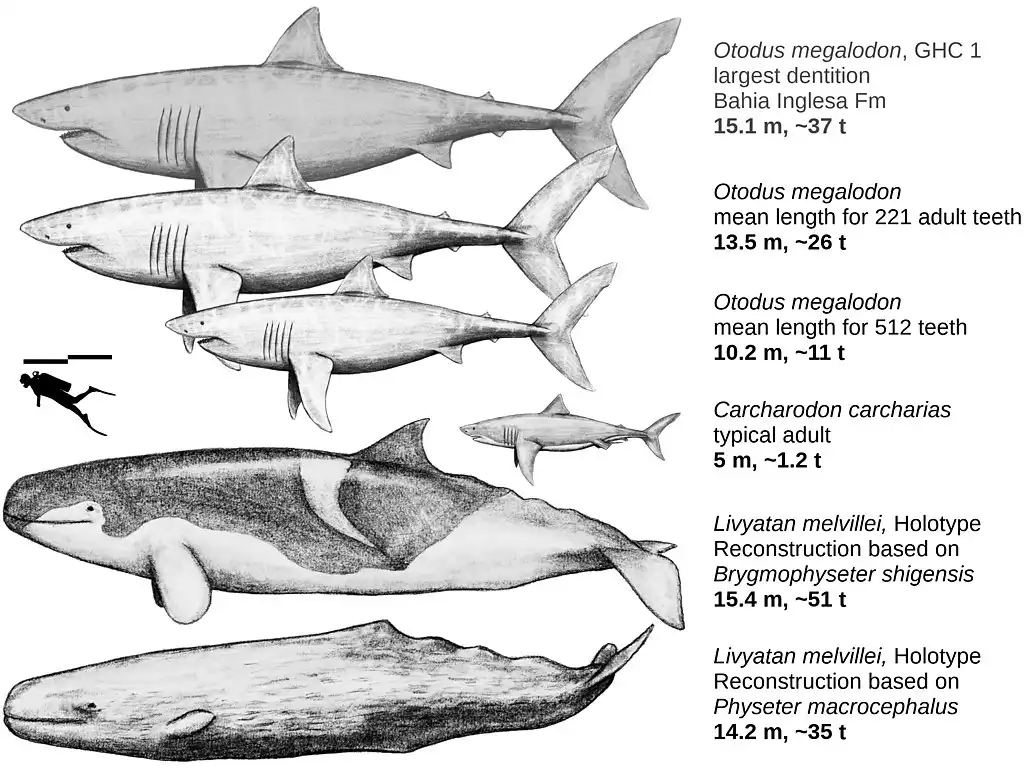
The most iconic of all ancient sea predators, Megalodon was the largest shark to have ever lived. It ruled the oceans around 23 to 3.6 million years ago, during the Miocene and Pliocene epochs. Megalodon grew up to 60 feet in length, making it more than three times the size of today’s largest shark, the great white. Its massive jaws could exert a bite force of over 40,000 pounds, enough to crush the bones of even the largest prey, such as whales.
Fossil evidence, particularly its teeth, suggests that Megalodon was a top predator that played a crucial role in the marine ecosystems of its time. With a mouth full of serrated, blade-like teeth up to 7 inches long, Megalodon preyed on large marine mammals like dolphins, whales, and seals. The extinction of these largest predators ever existed on Earth remains a mystery, but climate change and the decline of its prey are thought to have played a role.
Predator Profile:
- Size: 60 feet long
- Time Period: Miocene to Pliocene (23 to 3.6 million years ago)
- Habitat: Oceans
- Prey: Whales, dolphins, seals
3. Titanoboa – The Monster Snake of the Paleocene

Snakes are often feared for their stealth and venom, but the Titanoboa took that fear to another level. Living around 60 million years ago, shortly after the extinction of the dinosaurs, this enormous serpent was the largest snake ever recorded, growing up to 42 feet long and weighing over a ton. Unlike today’s constrictors, Titanoboa lived in the warm, swampy environments of what is now South America, where it hunted aquatic prey.
Despite its size, Titanoboa was not venomous. Instead, it killed its prey by constriction, wrapping its body around victims and squeezing until they suffocated. Its primary prey consisted of large fish and crocodiles, which it could ambush in the water before dragging them to shore. The immense size of these largest predators ever existed on Earth was likely a result of the warmer global temperatures of the Paleocene, allowing cold-blooded reptiles like Titanoboa to grow larger than ever before.
Predator Profile:
- Size: 42 feet long, 1.25 tons
- Time Period: Paleocene (60 million years ago)
- Habitat: Swamps, rainforests
- Prey: Large fish, crocodiles
4. Sarcosuchus – The SuperCroc of the Cretaceous
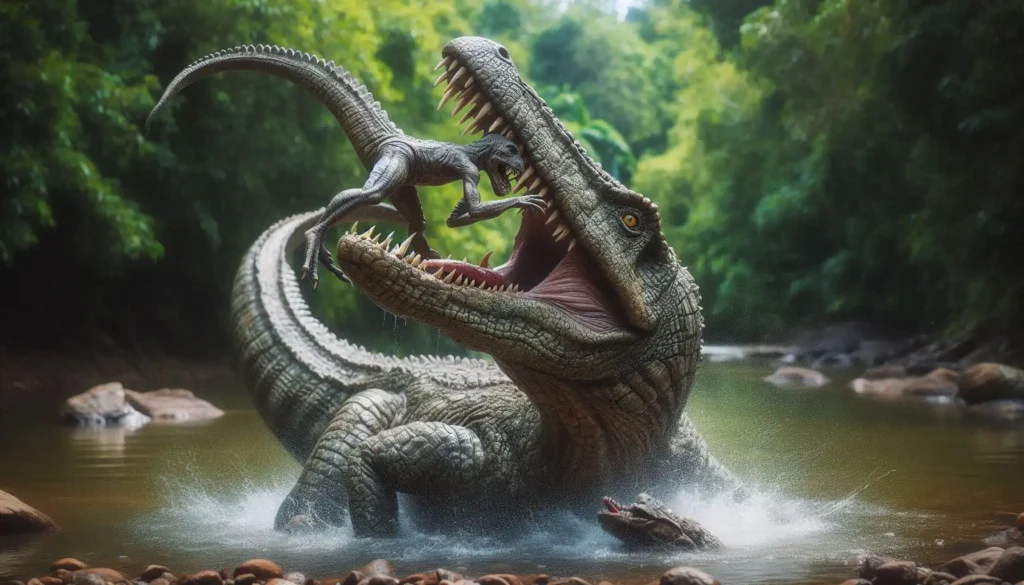
Crocodiles are among the most resilient species on Earth, having survived mass extinctions that wiped out many other creatures. However, ancient crocs like Sarcosuchus were far more fearsome than their modern descendants. Also known as “SuperCroc,” Sarcosuchus lived around 112 million years ago during the Cretaceous period and grew to an astounding 40 feet in length, making it twice the size of today’s largest crocodile species.
Sarcosuchus inhabited the rivers and lakes of prehistoric Africa and South America, where it terrorized dinosaurs and fish alike. Its long snout was filled with sharp, conical teeth, perfectly suited for gripping prey, and its immense jaw strength allowed it to take down large herbivorous dinosaurs like the iguanodonts that ventured too close to the water’s edge. Though primarily a piscivore (fish-eater), Sarcosuchus was an opportunistic predator that would take advantage of any creature unfortunate enough to cross its path.
Predator Profile:
- Size: 40 feet long
- Time Period: Early Cretaceous (112 million years ago)
- Habitat: Rivers, lakes
- Prey: Fish, dinosaurs
5. Dunkleosteus – The Armored Fish of the Devonian
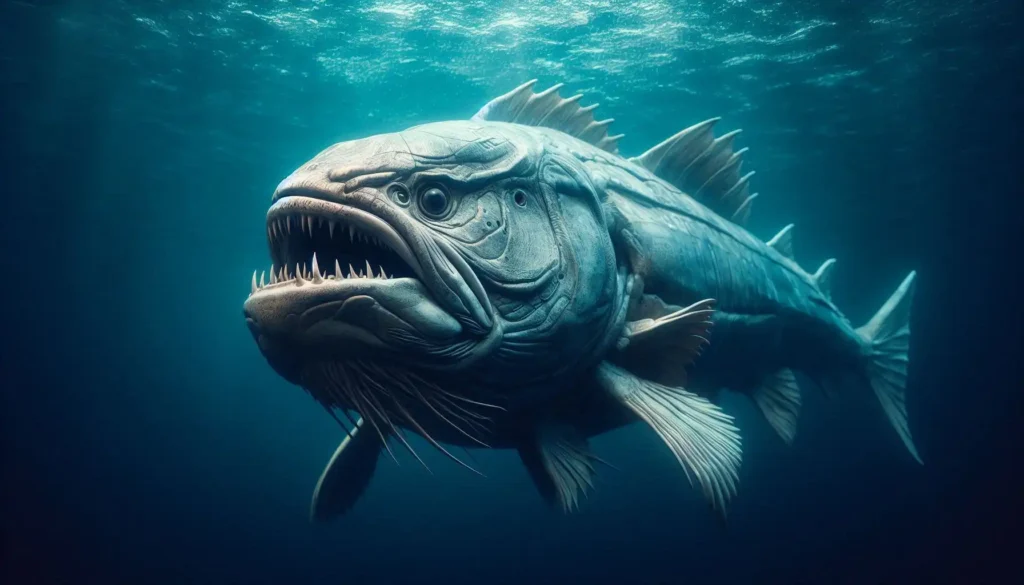
The oceans of the Devonian period, often called the “Age of Fish,” were ruled by some of the most bizarre creatures ever to exist. Among them was Dunkleosteus, a prehistoric fish that was both heavily armored and extremely aggressive. Dunkleosteus lived around 358 to 382 million years ago and could grow up to 33 feet long, with a head encased in thick bony plates. What made Dunkleosteus stand out, however, was its jaws, which were armed with sharp, bony blades instead of teeth.
These blades were capable of delivering one of the most powerful bites in history, allowing Dunkleosteus to crush through the toughest armor of its prey. It likely fed on armored fish, sharks, and possibly even other Dunkleosteus, making it one of the most feared predators of its time. The Dunkleosteus was both a powerful swimmer and a terrifying hunter.
Predator Profile:
- Size: 33 feet long
- Time Period: Late Devonian (358 to 382 million years ago)
- Habitat: Oceans
- Prey: Armored fish, sharks
6. Therizinosaurus – The Clawed Giant of the Late Cretaceous
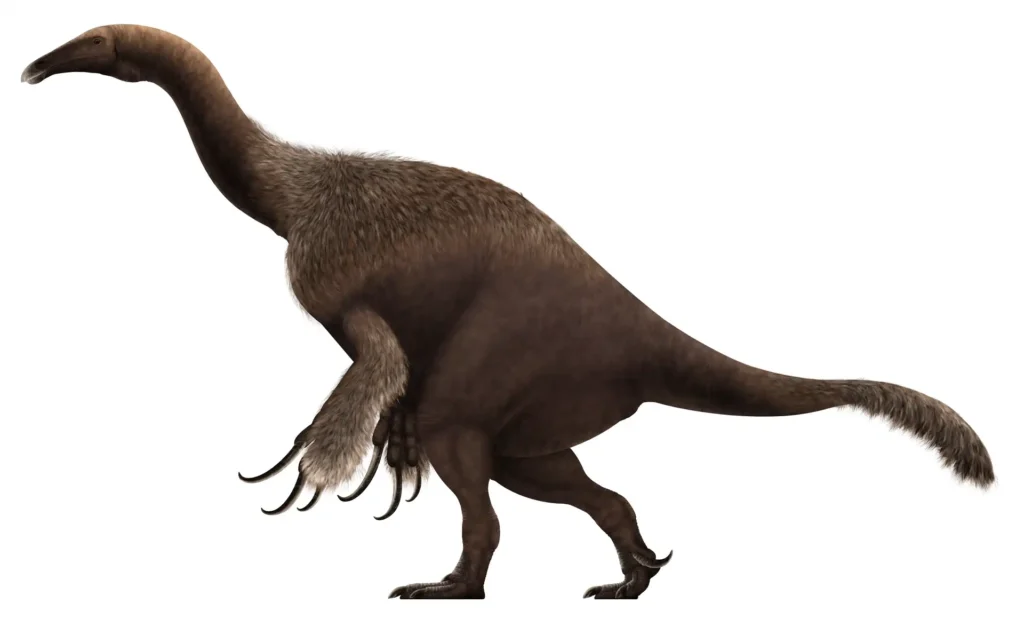
Though primarily known for its massive claws, Therizinosaurus was a unique predator that defied many traditional notions of what an apex predator looks like. Living around 70 million years ago during the Late Cretaceous period, Therizinosaurus was a theropod dinosaur, but unlike other theropods, it had herbivorous tendencies. However, it possessed claws up to 3 feet long, making it a formidable creature capable of defending itself from predators and possibly even hunting smaller prey.
Therizinosaurus reached up to 33 feet in length and had a long, slender neck, which likely helped it reach vegetation. Its claws, initially believed to be used for hunting, were probably adapted for stripping leaves from trees or for self-defense. Nevertheless, it earned its place as one of the largest predators ever existed on Earth due to its intimidating size and powerful limbs, which could have caused significant damage to any creature that dared to attack it.
Predator Profile:
- Size: 33 feet long
- Time Period: Late Cretaceous (70 million years ago)
- Habitat: Forests, plains
- Prey: Vegetation (possibly omnivorous)
7. Liopleurodon – The Apex Predator of the Jurassic Seas
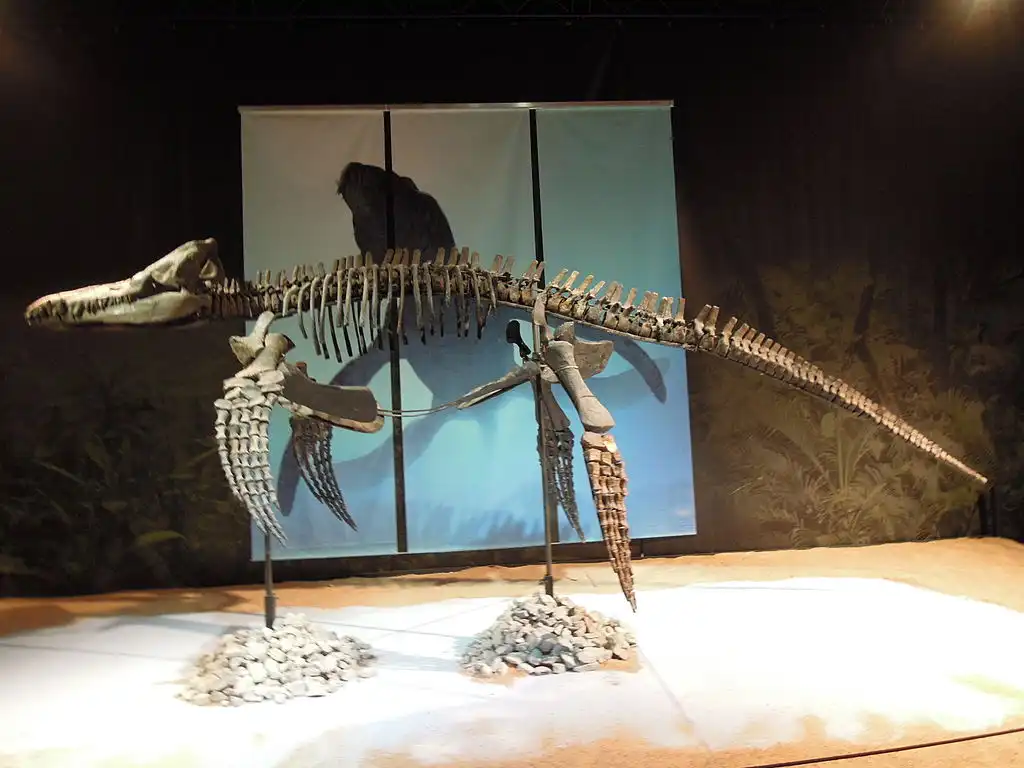
Among the most formidable marine reptiles of the Jurassic period, Liopleurodon was a massive predator, dominating the oceans around 160 million years ago. This giant marine reptile was a type of pliosaur, growing up to 33 feet long (though some estimates suggest they may have reached lengths of over 40 feet). With its long, powerful jaws and sharp teeth, Liopleurodon was a formidable predator, hunting large fish, ichthyosaurs, and even other marine reptiles.
Unlike the serpentine motion of modern-day sea creatures, Liopleurodon had large, muscular flippers that enabled it to glide through the water with precision and speed. Fossils indicate that these largest predators ever existed on Earth had an exceptional sense of smell, helping it locate prey over long distances in the murky Jurassic seas.
Predator Profile:
- Size: 33-40 feet long
- Time Period: Jurassic (160 million years ago)
- Habitat: Oceans
- Prey: Large fish, marine reptiles
8. Gorgonops – The Top Predator of the Permian
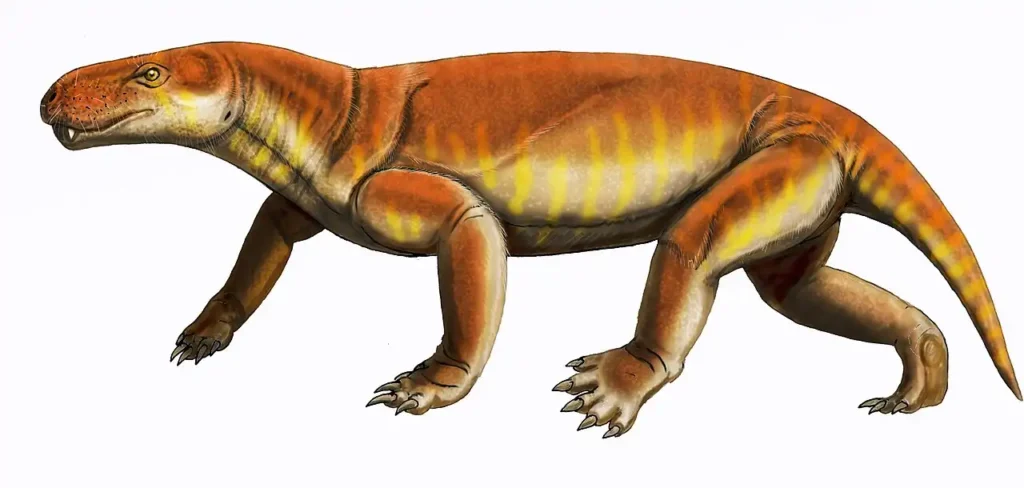
Before dinosaurs took over the Earth, the Permian period saw the rise of a different kind of predator: Gorgonops. Living around 260 million years ago, this fearsome predator was a therapsid, an ancient relative of mammals. Gorgonops had long, saber-like teeth, which it used to hunt large prey, including other therapsids and early amphibians.
Gorgonops could grow up to 10 feet in length, and its powerful jaws could deliver a devastating bite. It was an agile hunter, capable of sprinting after prey with considerable speed. Despite its mammalian connections, Gorgonops had more in common with reptiles regarding appearance and behavior, making it one of the most fearsome largest predators ever on Earth during the late Permian period.
Predator Profile:
- Size: 10 feet long
- Time Period: Late Permian (260 million years ago)
- Habitat: Land
- Prey: Early reptiles, amphibians
9. Andrewsarchus – The Giant Mammalian Predator of the Eocene
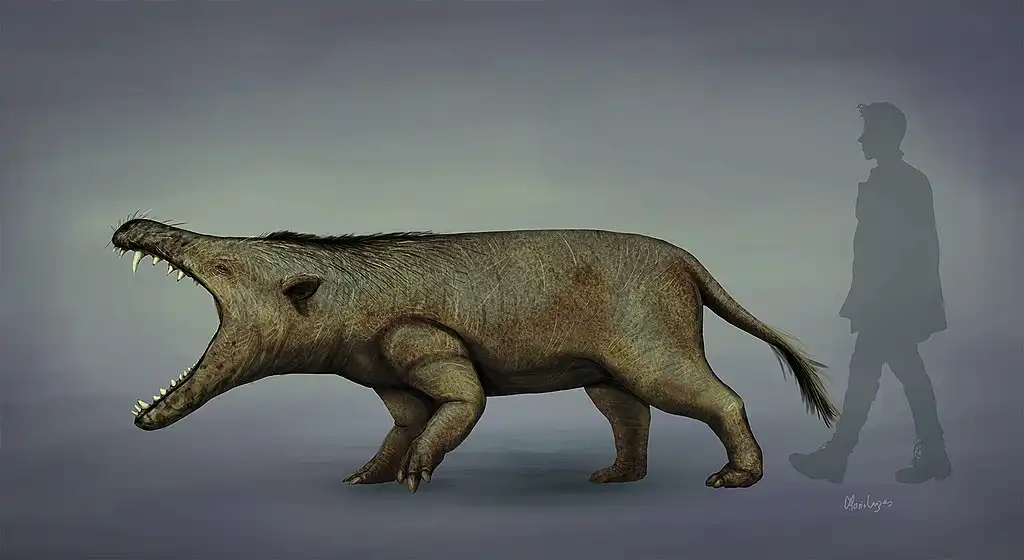
While dinosaurs and reptiles often dominate discussions of ancient predators, Andrewsarchus was a unique mammalian predator that lived around 45 million years ago during the Eocene epoch. Although not much is known about this massive carnivore due to limited fossil evidence, its skull, which measures around 3 feet in length, suggests that Andrewsarchus was a formidable predator.
It is estimated to have been about 13 feet long and weighed over a ton, with powerful jaws capable of crushing bones. Andrewsarchus likely preyed on large mammals of its time, possibly even scavenging on marine animals that washed ashore. These largest predators ever existed on Earth are thought to be closely related to modern-day hoofed mammals, despite their wolf-like appearance.
Predator Profile:
- Size: 13 feet long, over 1 ton
- Time Period: Eocene (45 million years ago)
- Habitat: Plains, coastal areas
- Prey: Large mammals, marine scavenging
10. Deinosuchus – The Terror Crocodile of the Late Cretaceous
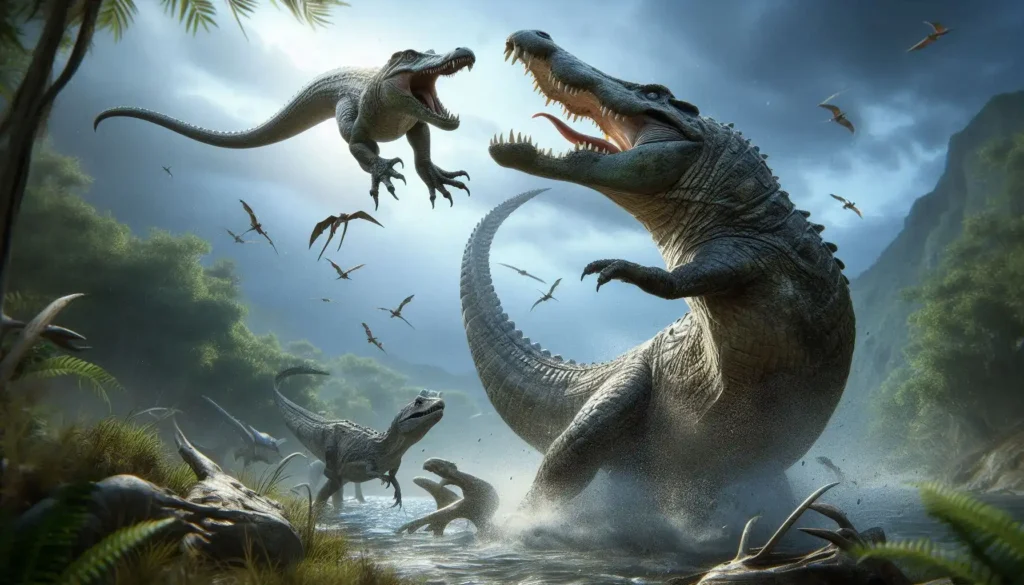
Deinosuchus, meaning “terrible crocodile,” lived around 75 million years ago during the Late Cretaceous period. This ancient relative of modern crocodiles was one of the largest crocodilians to ever exist, growing up to 40 feet long and weighing up to 10 tons. Deinosuchus lived in what is now North America, lurking in rivers and swamps, where it ambushed prey, including dinosaurs, fish, and other large animals that ventured too close to the water’s edge.
Its massive skull and conical teeth were designed for gripping and crushing, and Deinosuchus was capable of exerting immense bite force. These largest predators ever existed on Earth played a crucial role as an apex predators in its environment, feeding on almost anything it could overpower.
Predator Profile:
- Size: 40 feet long, 10 tons
- Time Period: Late Cretaceous (75 million years ago)
- Habitat: Rivers, swamps
- Prey: Dinosaurs, fish, large animals
These additional points further highlight the incredible diversity of the largest predators ever existed on Earth across different time periods and habitats. Each of these creatures left a lasting impact on the ecosystems they dominated, showcasing nature’s relentless evolution toward predatory excellence.
You may also like:
- 30 Most Mythical Creatures from Folklore, Legends, and Fairytales
- 10 Interesting Facts about Bigfoot
- 20 Fascinating Facts About Loch Ness Monster
Largest Predators Ever Existed on Earth: Final Words
Throughout Earth’s history, many formidable creatures have ruled their respective realms as the ultimate apex predators. These largest predators ever existed on Earth showcase the incredible diversity of life and evolution’s ability to shape creatures to dominate their environments. Whether in the depths of the ocean or the skies above, these six predators carved their legacies in history as some of the most powerful and fearsome creatures ever to walk the Earth. Their dominance in ecosystems across millions of years left an indelible mark on our planet, reminding us of the truly vast and untamed wilderness that once existed long before humans emerged.
From the colossal Megalodon to the enigmatic Spinosaurus, each of these ancient predators played a key role in maintaining the balance of nature during their time, ruling their ecosystems with unmatched prowess. While they may no longer roam the Earth, their fossils serve as a testament to their reign, and their stories continue to captivate our imaginations.



